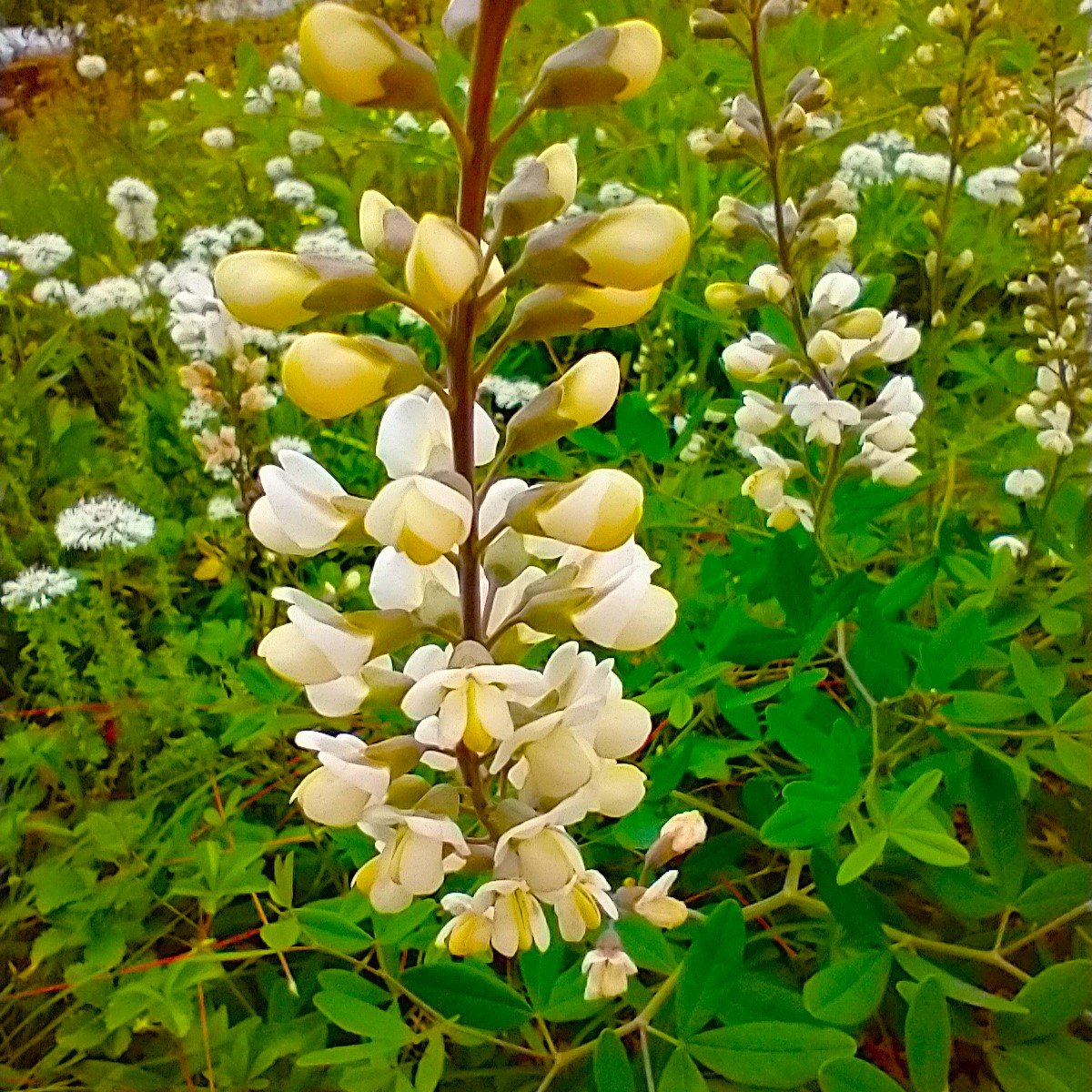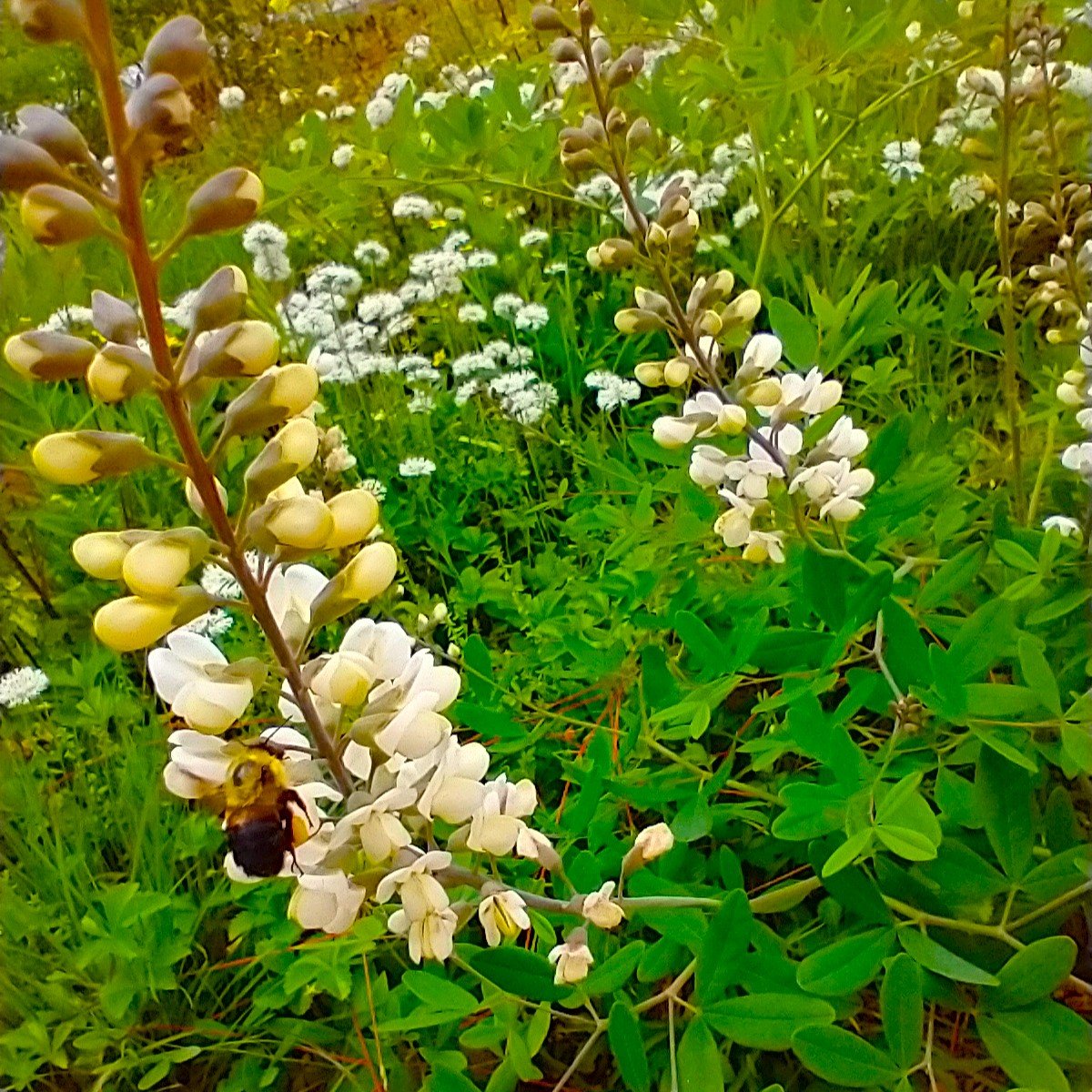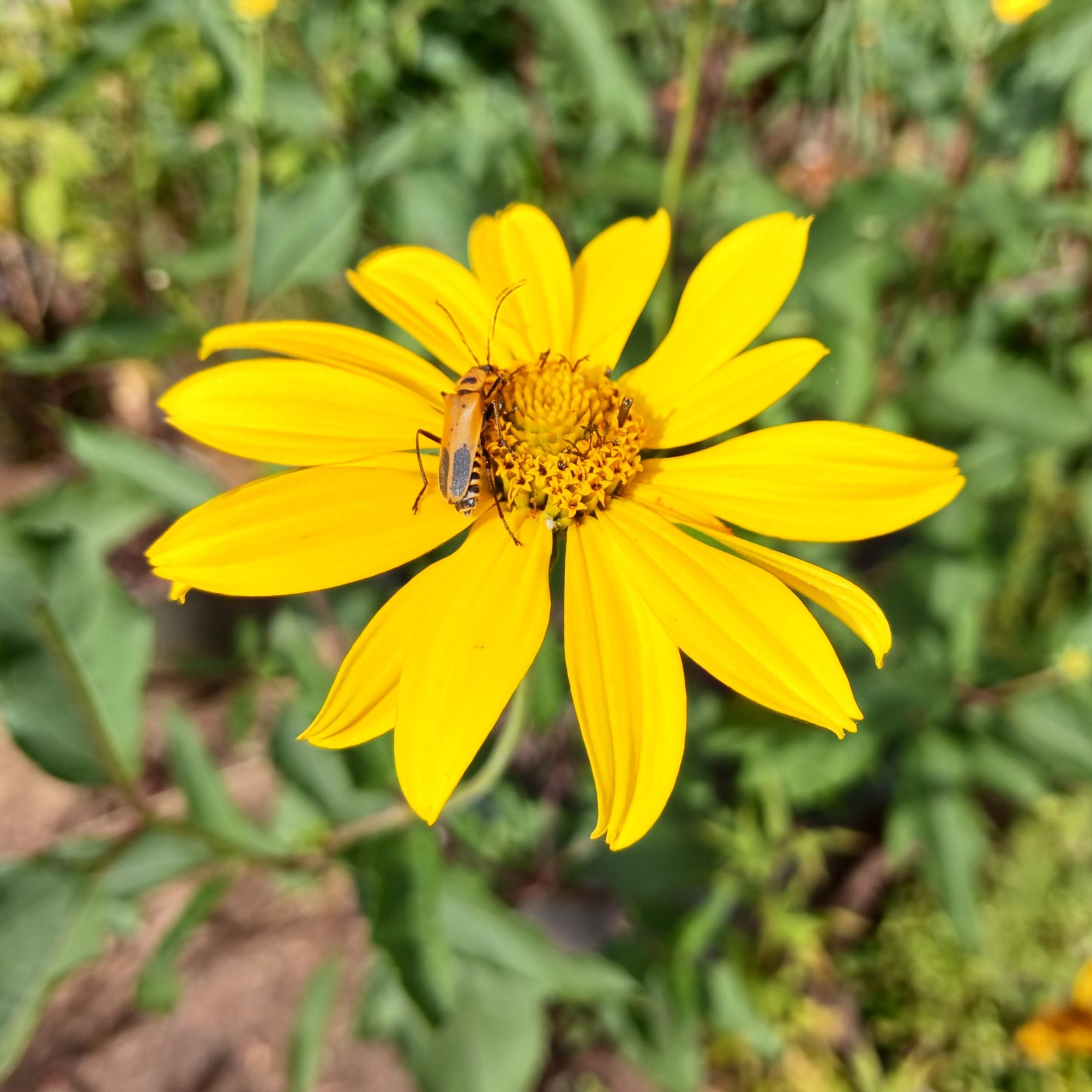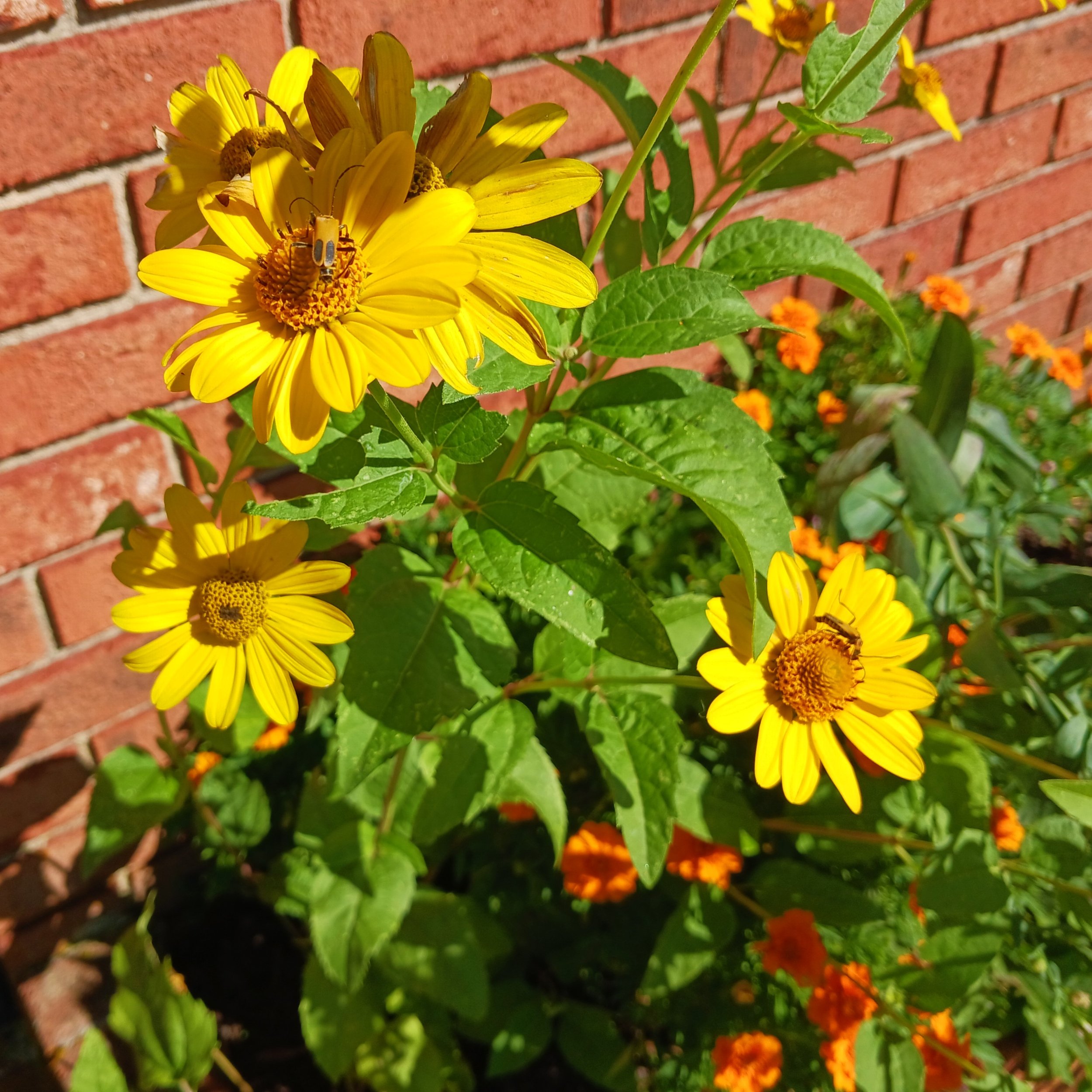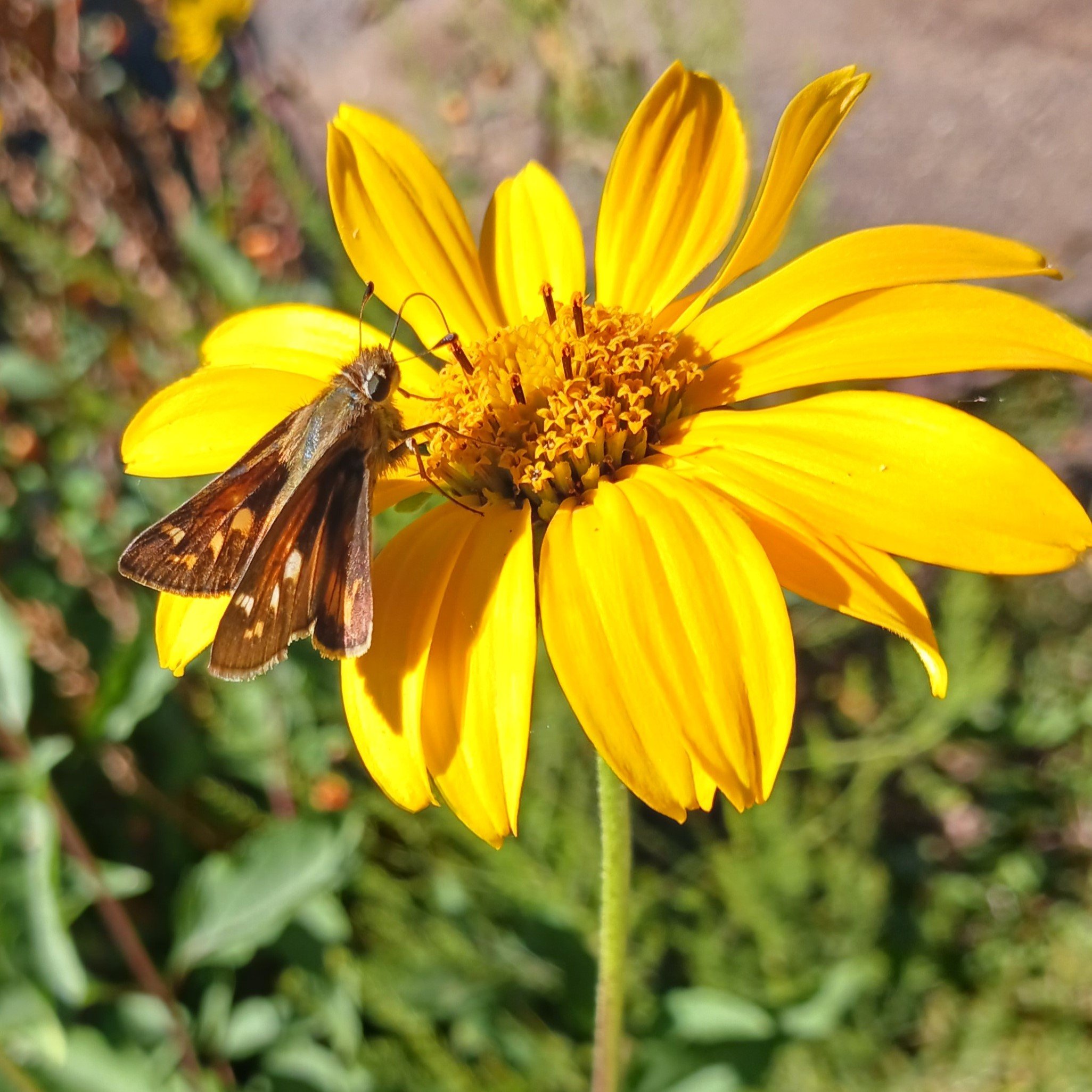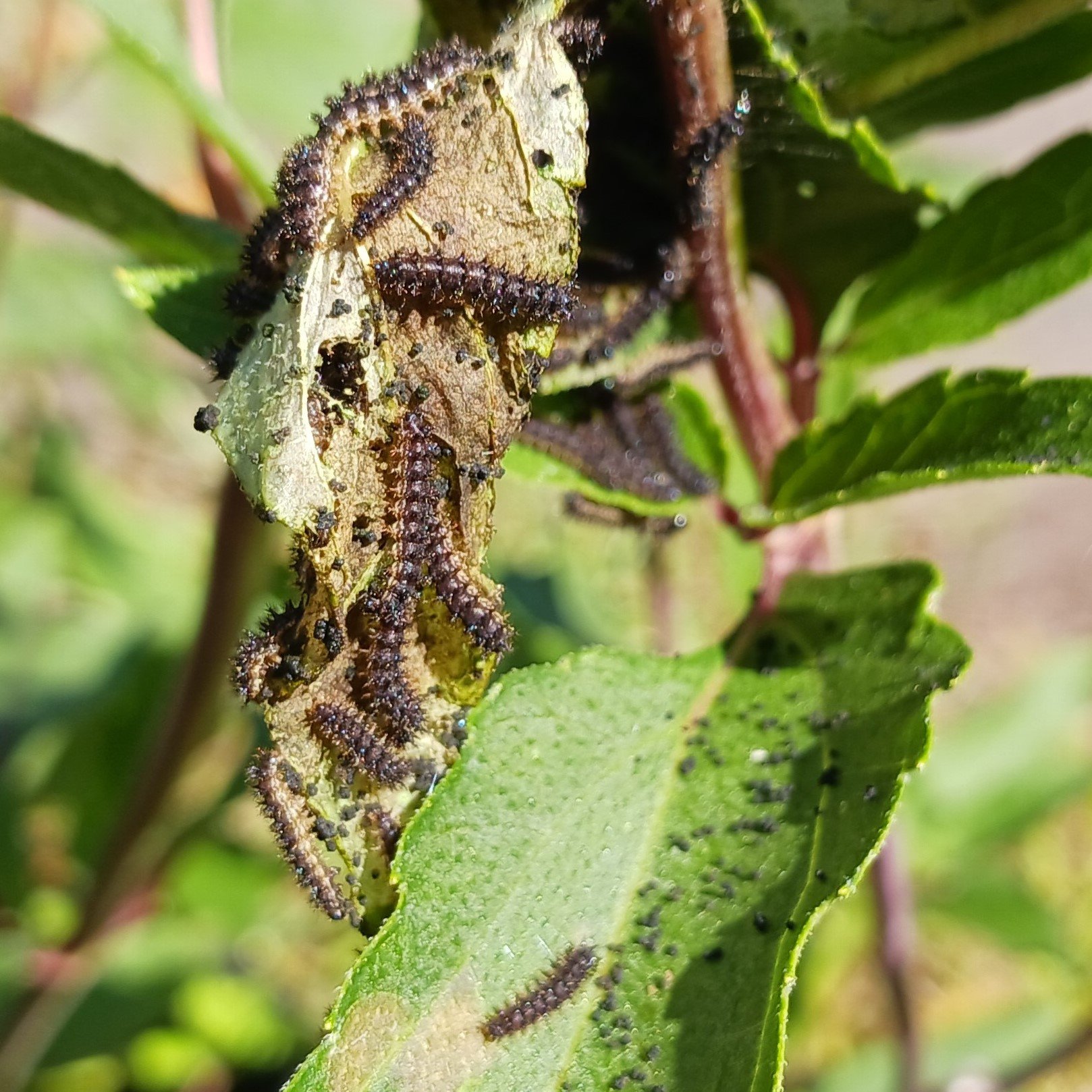Solidago speciosa (Showy Goldenrod)
Showy Goldenrod is a fantastic wildflower for any garden, with showy clusters of golden-yellow blooms in fall. It works well in maintained spaces, but is still one of the most beneficial species of native plants for wildlife, able to provide food for a wide range of insects and birds.
Showy Goldenrod is a fantastic wildflower for any garden, with showy clusters of golden-yellow blooms in fall. It works well in maintained spaces, but is still one of the most beneficial species of native plants for wildlife, able to provide food for a wide range of insects and birds.
Showy Goldenrod is a fantastic wildflower for any garden, with showy clusters of golden-yellow blooms in fall. It works well in maintained spaces, but is still one of the most beneficial species of native plants for wildlife, able to provide food for a wide range of insects and birds.
Solidago speciosa is considered the best goldenrod species for home gardens and landscapes, if not one of our best native wildflowers in general. Goldenrods are well known in fall along roadsides and open fields, but Solidago speciosa is unique with large, prolific floral blooms, hence its common name. This species is great in the garden, with a fibrous root system that will not spread, reaching up to 6’ in height, and a 3’ width, blending well in a dense landscape. Blooming best in full sun, it can tolerate partial-shade and can thrive even in dry or poor soils. It typically blooms from September to November, with dense clusters of golden-yellow blossoms. Solidago speciosa is also not a prolific seed-spreader like other goldenrods, but if spent seedheads are trimmed, it can rebloom late into the year. Goldenrod pollen is not considered the cause of ragweed allergies or other seasonal allergies. One reason is that Solidago species are insect pollinated unlike wind-pollinated species that produce copious airborne pollen, especially in spring.
All Solidago species are considered of high value to wildlife, insects in particular. Goldenrods are a major boon to pollinators, produce easy to access flowers in abundance, especially at a time of year when few other flowers are blooming. Migratory insects such as Monarch butterflies in particular rely on these sources of energy, and goldenrods will bloom even when the weather is cold and frosty. The prevalence of goldenrods is also a reason so many insects rely on them as a food source, especially caterpillars of various moths. This in turn makes goldenrods a major food source for birds, both seed-eaters feasting on accessible stalks above the ground, and insect-eaters looking for food to feed nesting chicks in summer or during fall migration. Goldenrods also have a host of specialist interactions - from oligolectic bees to gall-inducing insect larvae, making them keystone species in many habitats. Another indirect benefit to gardeners is that wide range of beneficial insect predators, from syrphid flies to wasps, use the flowers as an adult food source. Attracting the adults may encourage them to look for nearby pest insects as a food source for their larvae, something current research in horticulture and crop science is still uncovering.
Pollinators: bumblebees, halictid bees, miner bees, honey bees, butterflies, moths, syrphid flies, wasps, blister beetles, soldier beetles
Host Plant for Butterflies/Moths: Over 100 different species of Lepidoptera use Solidago (Goldenrods) as host plants - this is the largest number of any perennial wildflower!
Dependent Species: 36 species of oligolectic specialist bees - Goldenrod Cellophane Bee (Colletes solidaginis) (MD, NC, VA) feeds exclusively on Solidago; Moth species which feed exclusively on Solidago: The Astroid (Cucullia asteroides), Buff-tipped Eucosma (Eucosma ochroterminana), Camphorweed Flower Moth (Schinia nubila), Goldenrod Borer Plume Moth (Hellinsia kellicottii), Goldenrod Flower Moth (Schinia nundina), Goldenrod Gall Moth (Gnorimoschema gallaesolidaginis), Anania mysippusalis, Dichomeris bilobella, Helvibotys helvialis, Hahncappsia marculenta, Pelochrista derelicta
Wildlife Value: Songbirds, Thrushes, Wood Warblers
Deer Resistance: Moderate
Native Region: Appalachian Mountains, Piedmont, Coastal Plain
Seed Origin: WV, nursery collected seed
USDA Zones: 3-8
States found in our region: AL, GA, KY, MD, NC, PA, SC, TN, VA, WV
Other states found: AR, CT, IL, IN, IA, KS, LA, ME, MA, MI, MN, MS, MO, NE, NH, NJ, NY, ND, OH, OK, RI, SD, TX, VT, WI










